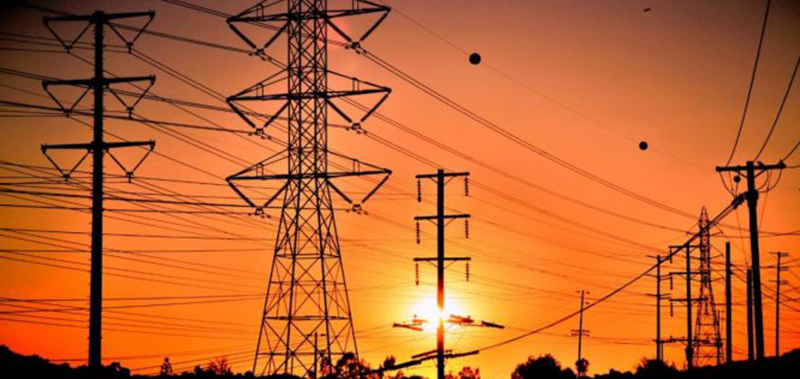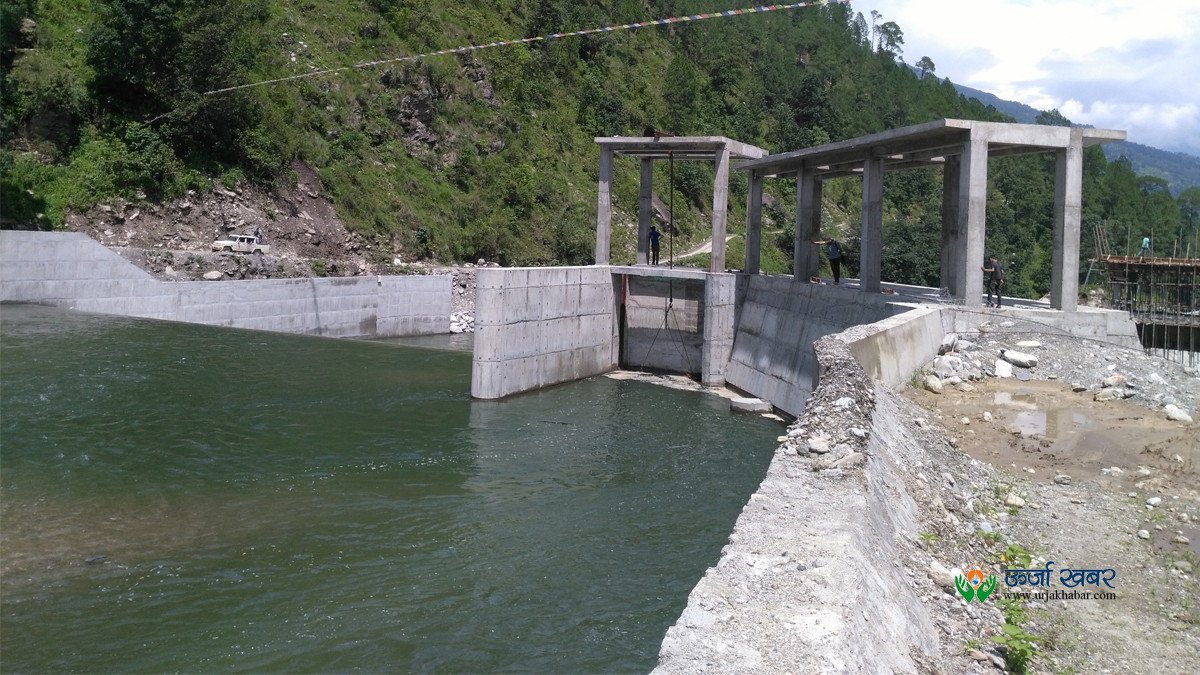Energy Update
Nepal gets approval to export 325MW more power to India

India has allowed the Nepal Electricity Authority to sell additional 325MW of electricity in India’s energy exchange market in a major development days after the two countries announced a vision statement regarding power sector cooperation.
The Nepal Electricity Authority (NEA) said the the Central Electricity Authority of India allowed the Nepal Electricity Authority (NEA) to sell electricity from the Kali Gandaki Hydropower Project (144MW), Middle Marsyangdi Hydropower Project (70MW) Marsyangdi Hydropower Project—all developed by the NEA, and Likhu 4 Hydropower Project (52.4MW) developed by the private sector.

The installed capacity of these projects is higher than the power to be actually exported because some of it will be lost during transmission, according to the NEA.
As the Indian authority has already allowed the NEA to export 39MW from Trishuli (24MW) and Devighat (15MW), the combined total that Nepal can export in the upcoming monsoon season will be 364MW, according to the power monopoly.

India, which had earlier been reluctant to grant approval to a number of hydropower projects citing involvement of Chinese contractors, has shown flexibility by granting approval to bigger hydropower projects to export electricity. The new development comes after Prime Minister Sher Bahadur Deuba and his Indian counterpart Narendra Modi announced the Joint Vision Statement on Power Sector Cooperation last Saturday in New Delhi.
As per the vision statement, two sides agreed to strengthen cooperation on joint development of power generation projects in Nepal; development of cross-border transmission infrastructure and bi-directional power trade with appropriate access to electricity markets in both countries based on mutual benefits.
“India granting approval to export power from more projects is the outcome of the vision statement announced a few days ago,” Kul Man Ghising, managing director of the NEA, told the Post. “This is an important milestone for Nepal’s power sector development.”
Nepal’s energy ministry has also commented in a statement that India’s approval for more Nepali hydropower projects to export electricity was the beginning of the implementation of the vision statement on power sector cooperation.
Ghising said that following this approval, the market for around 400MW of electricity has been ensured for Nepal. “We will start exporting power from late May or early June to India from the approved projects,” Ghising said.
Currently, Nepal has been importing electricity from the southern neighbour as Nepal’s power plants cannot produce electricity as per their installed capacity due to reduced water levels in the rivers during the dry season. The country’s industrial sector suffered power cuts due to the failure to secure electricity in India's energy exchange market despite submitting bids. But, the country will have excess generation of electricity in the monsoon.
“We will have excess power generation of 400-500MW in the monsoon,” said Ghising. “India granting approval to export power from more projects means we are less likely to suffer power wastage in the upcoming monsoon.”
According to him, as more power projects are in the approval process from the Indian authorities and the early approval from the Indian side for more projects would ensure that no power would be wasted. The NEA has also sought export approval from the Indian authority for Upper Tamakoshi (456MW), Upper Bhotekoshi (45MW) and Chameliya (30MW).
During the meeting of the Joint Steering Committee on Energy held in February in Kathmandu, Indian officials had assured Nepali officials that the southern neighbour would not let Nepal’s electricity be wasted.
The NEA expects that the country would have the installed capacity of around 2300MW in the upcoming monsoon. Peak time demand is expected to reach as high as 1900MW, according to Suresh Bhattarai, spokesperson of the NEA. During the monsoon, all power plants usually operate in their full capacities.
There will be more excess power in the period other than peak hours. “Power generation in one or more projects usually gets disrupted during the monsoon due to the damage caused by flooding, so we may not be able to generate power equivalent to the total installed capacity,” said Bhattarai. “So, there is a little chance of our electricity getting wasted in the upcoming monsoon following the latest approval to more power projects by the Indian authorities.”
Conversation
- Info. Dept. Reg. No. : 254/073/74
- Telephone : +977-1-5321303
- Email : [email protected]













.jpg)